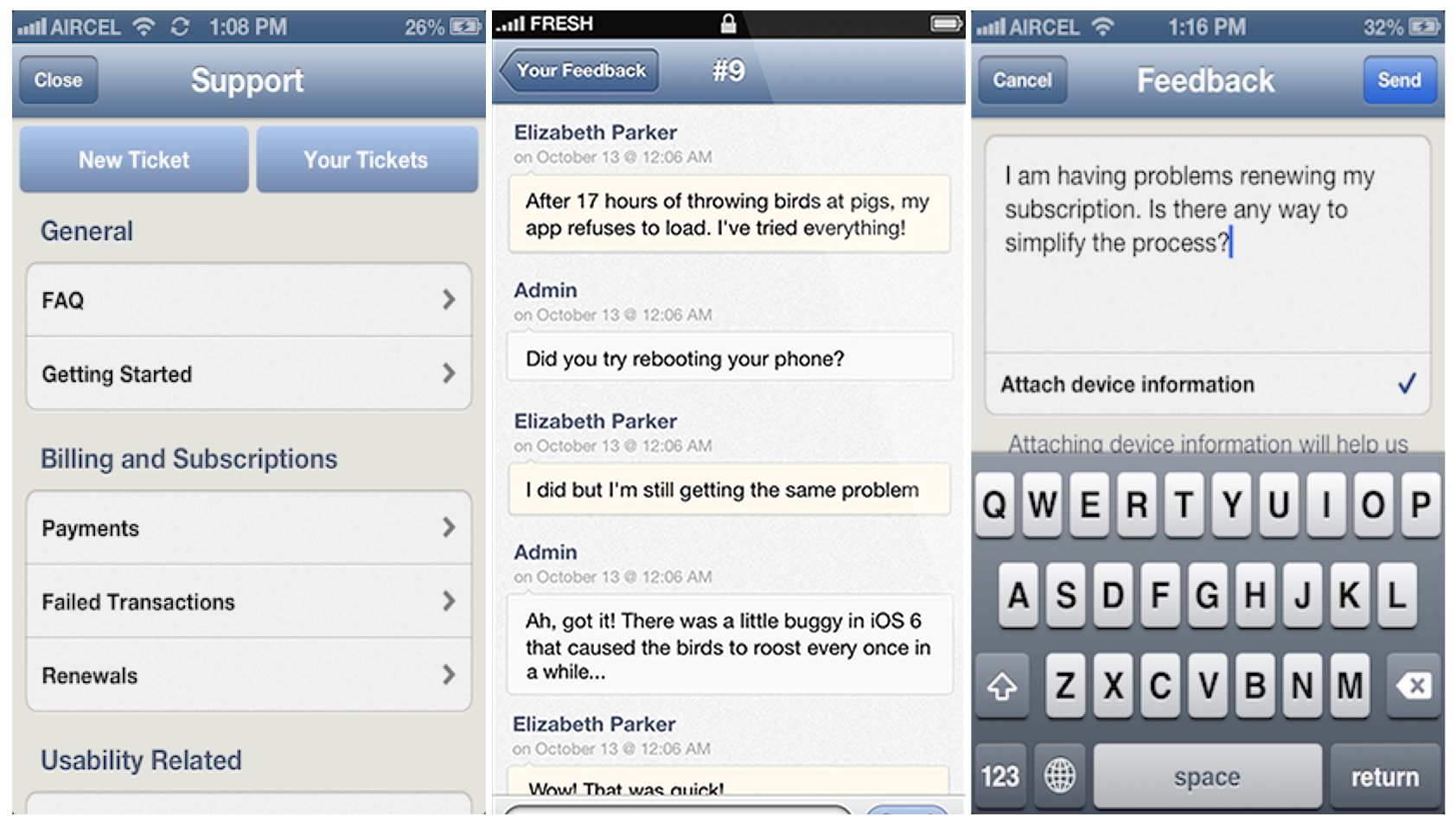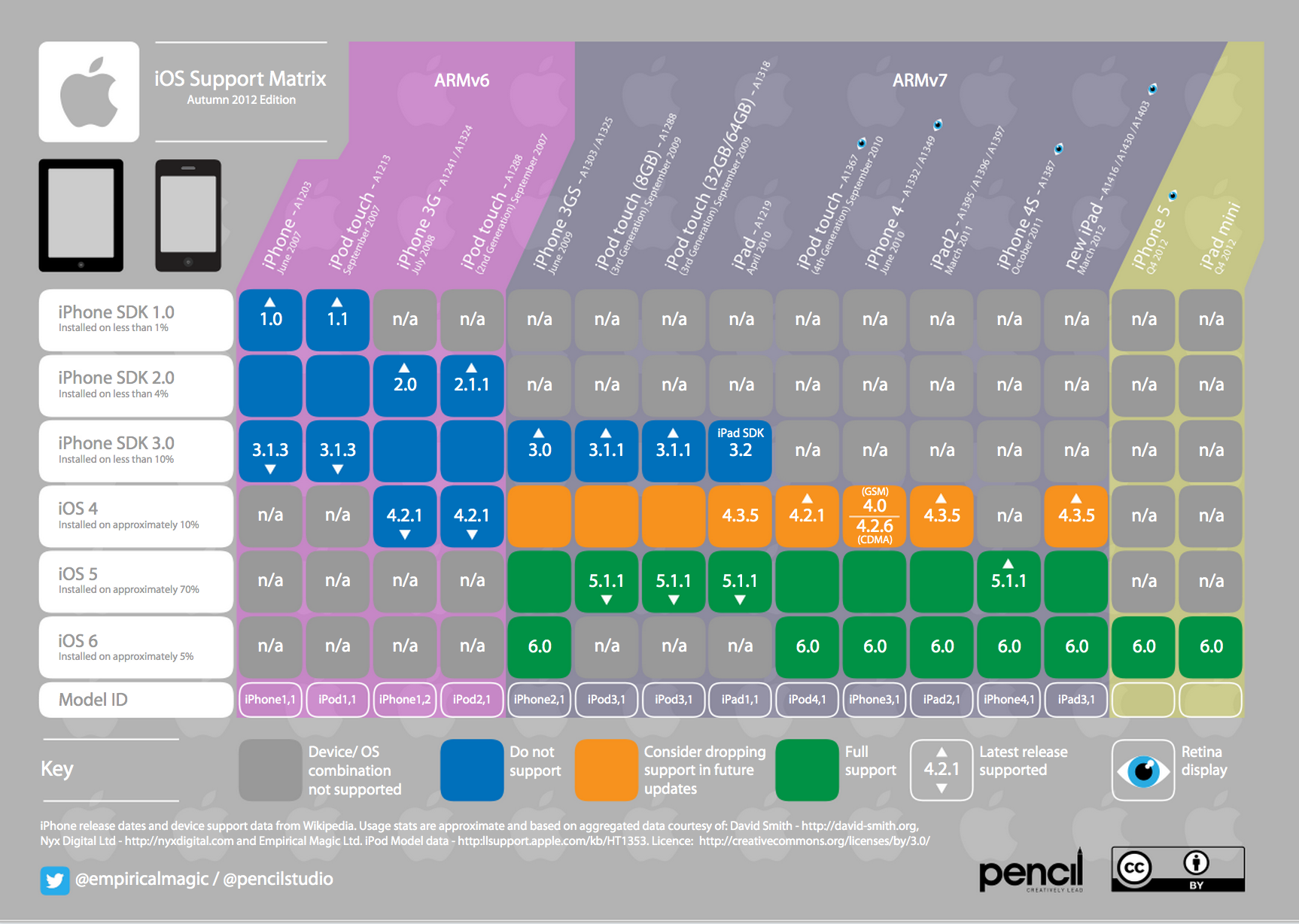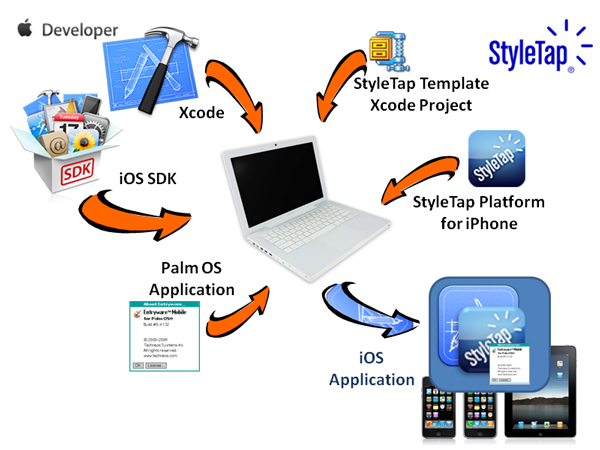http://www.youtube.com/watch?v=IT5W_Mjuz5I
Philips announced today that it launched an SDK and opened APIs to iOS developers who are interested in creating apps that work with its “Hue” personal wireless lighting system. The company started selling its smart, Internet-connected LED lighting system in October exclusively through the Apple Store.
Philips today, as promised, launches a software developer program for Hue that allows consumers to create and control their light bulbs using a smartphone or tablet. In publishing Hue’s open application programming interfaces (APIs), as well as releasing guides and libraries in an iOS software developer’s kit, Philips reinforces its commitment to helping the developer community start programming with Hue. This move opens the playing field for third party developers to create new, exciting applications using light, enabling Hue to communicate with a variety of devices and applications (apps). Philips Hue’s developer platform is available at developers.meetHue.com.
The Hue system allows iOS users to control lighting from their iPhones or iPads by enabling Hue bulbs to talk to iOS devices and one another using the ZigBee LightLink standard. The Hue app provides pre-programmed light settings for the bulbs, timers, and much more, but now developers will be able to create even more great apps that work with Hue.
One app that just hit the App Store is Ambify from developer Kai Aras. The app is described as a Hue-enabled jukebox that “turns music into light using Philips Hue Smart Bulbs.”
The full press release is below:
Philips Hue empowers endless possibilities in connected lighting, launching a developer program for world’s smartest LED light bulb
Developers can now extend Hue’s capabilities with new applications and integration with other products, advancing digital revolution in home lighting
Eindhoven, The Netherlands – Philips today, as promised, launches a software developer program for Hue that allows consumers to create and control their light bulbs using a smartphone or tablet. In publishing Hue’s open application programming interfaces (APIs), as well as releasing guides and libraries in an iOS software developer’s kit, Philips reinforces its commitment to helping the developer community start programming with Hue. This move opens the playing field for third party developers to create new, exciting applications using light, enabling Hue to communicate with a variety of devices and applications (apps). Philips Hue’s developer platform is available at developers.meetHue.com.
This is just the first phase of the software developer program for the world’s first web-enabled LED home lighting system. It allows the Hue community to create rich functionality for an enhanced customer experience. Already external developers have created apps that integrate Hue with music, resulting in an immersive surround sound and surround lighting experience that allows the lighting to change to the beat of the music. Developers have also created scheduling applications that can integrate with a phone’s calendaring system.
“The response Philips Hue has received from the development community has been incredibly positive and we aim to continue redefining the possibilities of light by enabling developers to create apps that customers want and need,” said Kevin Toms, SDK Designer and Developer Advocate of Hue’s software developers’ platform. “Already Hue is sparking a digital revolution in home lighting, as well as becoming an important step towards automated, connected homes, allowing it to further integrate with our world and simplify our lives.”
Using the ZigBee LightLink standard, Hue bulbs can not only communicate with each other, they have the potential for communicating with other ZigBee-based devices such as motion sensors and home thermostats, while offering a broad signal range and using significantly less stand-by power than traditional Wi-Fi systems. Software updates for the bulbs are done automatically via the bridge and the bulbs themselves, and additional apps developed for the system will be made available through app stores or meetHue.com, making it easy and intuitive for users to update Hue with applications and functionality that will enhance their lighting experience.
Hue’s app already includes numerous pre-programmed light settings, including Light Recipes based on Philips’ research around lighting’s optimal effects. These pre-programmed scenarios adjust the bulbs to the optimum shade and brightness of white light to relax, read or boost mood and energy. However, there is additional opportunity with color temperature applications that have the potential to help photographers adjust lighting for shots with a simple app on their smart devices. The company continues to enhance the possibilities of Hue, with new features around schedules and geo-fencing expected to be released in the coming months.
Developers with questions about programming with Hue, can join Hue’s developer forum atwww.everyhue.com where Kevin Toms, designer and developer advocate of Hue’s software developers’ kit, will provide technical support. Kevin can also be reached via Twitter: @philipsHuedev
Hue starter kits comprising three bulbs and a Smartbridge are available at Apple stores for €199.95 / $199 / £179. Additional bulbs can also be purchased for €59.95 / $59 / £49.95.
For more information about Philips Hue and its capabilities visit www.meetHue.com



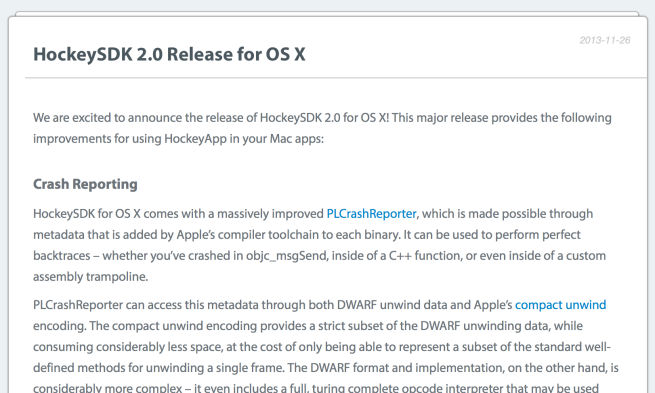

 .
.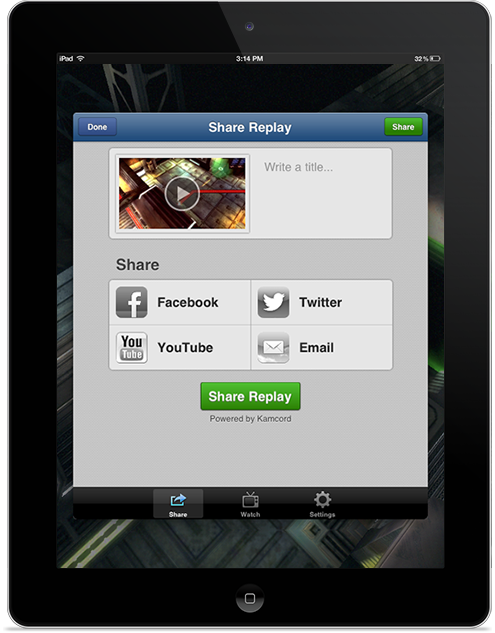 The big new feature being announced is voice overlay functionality that will allow users to narrate their videos while they play, as demoed by the team in the video above. CEO Matt Zitzmann also provided us with some other updates the team has added in the last month, including: Video trimming, a custom UI / white-label solution, and a new “Gameplay of the week” notifications feature.
The big new feature being announced is voice overlay functionality that will allow users to narrate their videos while they play, as demoed by the team in the video above. CEO Matt Zitzmann also provided us with some other updates the team has added in the last month, including: Video trimming, a custom UI / white-label solution, and a new “Gameplay of the week” notifications feature.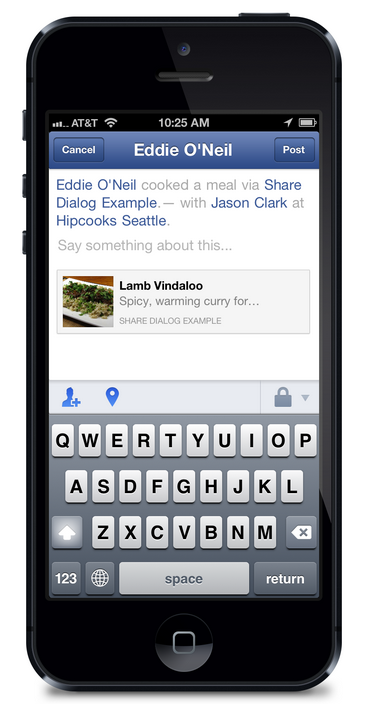 At its event last month Facebook showed us
At its event last month Facebook showed us 

